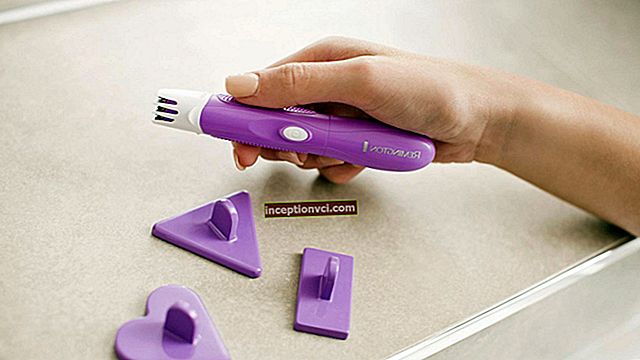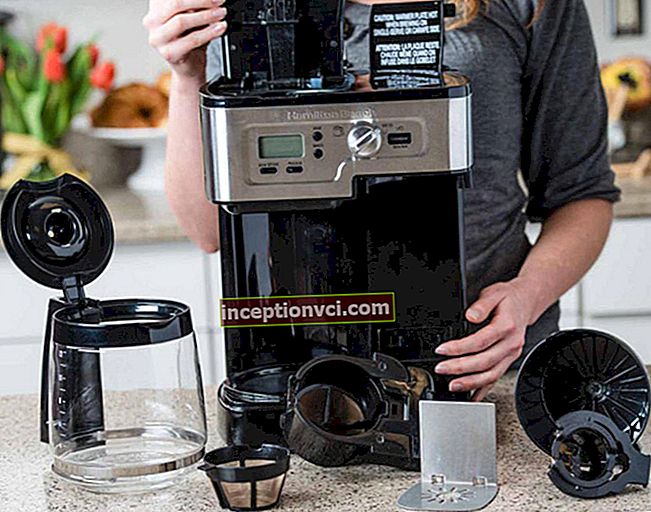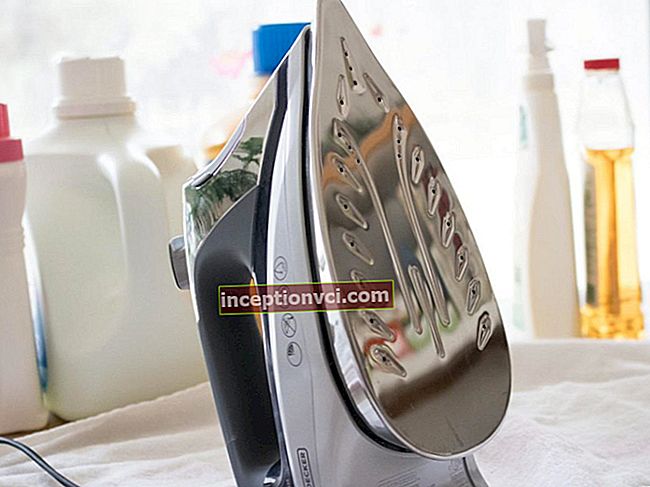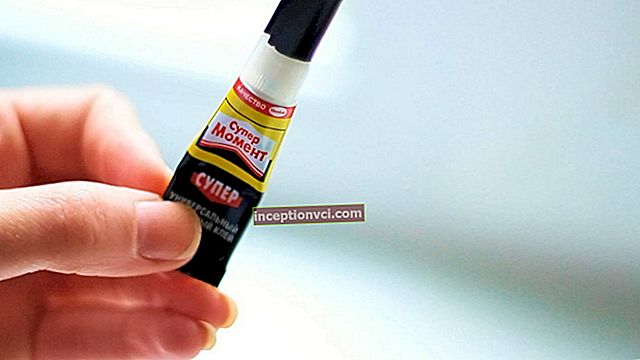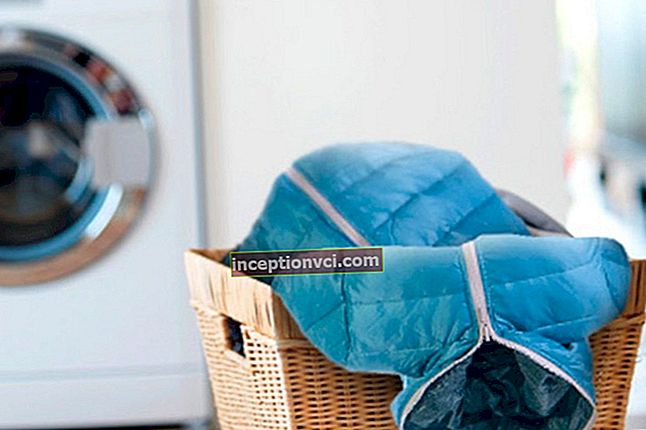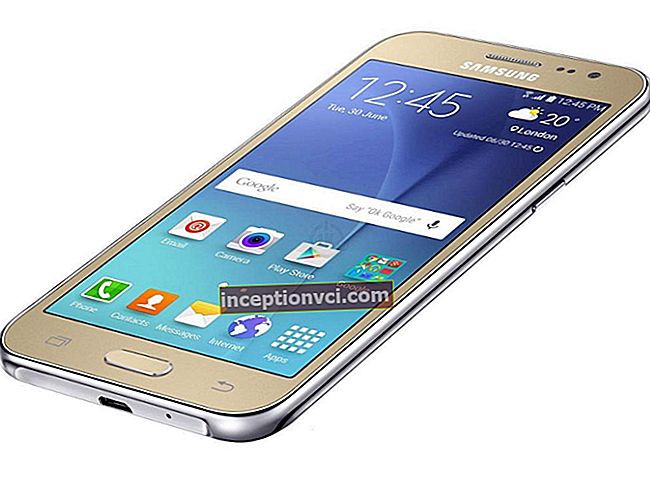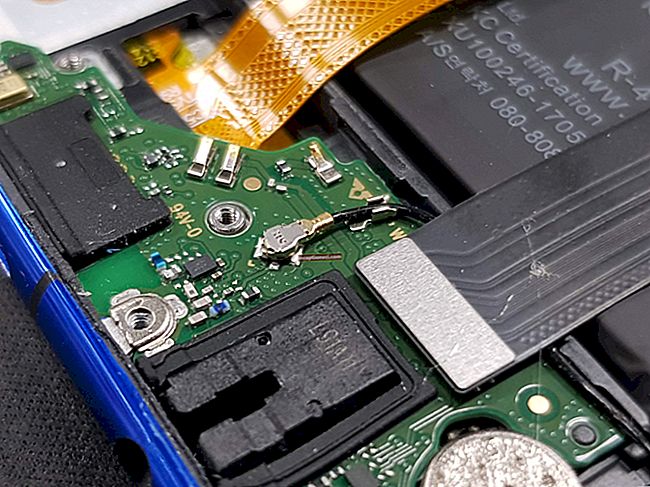Today the systems can be installed on most models of printers, multifunctional devices (MFPs) and plotters manufactured by Canon, HP, Epson, Brother (and this list is constantly growing). Recently, however, manufacturers of printing devices have been doing everything possible to make it difficult to install CISS from other manufacturers. Manufacturing companies lose significant revenues when users use CISS instead of buying expensive ones (the price of one milliliter of original ink from some manufacturers is more expensive than French perfume) and, as a rule, quickly running out of original cartridges. Manufacturers often change the firmware of chips on their devices, use constructively more hermetically sealed and inaccessible covers, electronic chips for controlling the level of ink on cartridges, and other methods that make it difficult to install such systems.
Positive aspects of installing and using CISS
1. Installation of a quality system does not require any structural changes in the device. 2. Refueling of CISS does not require much time or special skills (it can be done independently). 3. High stability of print quality, which is ensured by constant pressure in the system, regardless of the level of decreasing ink volume in the donor tanks. 4. Increase the productivity of the printing device, since you do not need to spend time replacing cartridges or cleaning the print head. 5. In the donor containers CISS can be filled, on average, 10 times more ink than the volume of ink in the original cartridges. 6. Installation of CISS allows to reduce printing costs by about 20 ... 30 times (depending on the manufacturer of ink and the type of printer). It should be noted that with high-quality photo printing, the cost of photo paper is the lion's share of the cost of a print. However, the reduction in the cost of printing itself when installing CISS becomes so significant that it pays for the cost of amortization and maintenance of the printer in commercial operation: photo printing, use in copy centers, printing of design works, use in the manufacture of souvenirs, etc. 7. CISS has a long resource of production and is measured in hundreds of thousands of prints. 8. Increase the service life and increase the resource of the print head of the printer due to the absence of the risk of air ingress when changing original cartridges. 9. Printing in large volumes without interruption due to the consumption of ink in the cartridge. 10. Possibility of constant visual control of the stock of ink and their replenishment as it is spent. 11. When refueling, you do not need to remove the cartridges from the device, air does not enter the print head, and this prolongs its service life. 12.The ability to use any ink at the user's discretion (pigment, water-soluble, etc.), which is suitable for printing in this case. 13. There is no factor of environmental pollution with used cartridges. 14. CISS can be supplied to devices manufactured by Epson, Canon, HP, Brother and others. 15. The user can choose the size of the container himself.
Disadvantages of CISS
1. HPC systems are not original technical solutions of manufacturers and are a product of the aftermarket participants. Therefore, CISS are not available for all models of printing devices on the market. 2. Danger of incorrect positioning of the ink tanks. They should be placed either at or just below the printhead. 3. Inadmissibility of getting into the system, especially into the inner cartridge and hoses, air when installing the CISS. The presence of air will burn out the print nozzles, especially for printers with thermal form printing (HP, Canon). 4. Firms that produce printing devices may refuse warranty repairs when converting the printer or using non-original consumables. 5. Any change in the position of the printing device in space should be done very carefully. 6. Risk of clogging the print nozzles when using low quality ink, or if the refilling process is not followed or if separate syringes are not used for each color. 7. Possibility of problems of compatibility between the system and the printing device or incorrect identification of the system and the occurrence of compatibility failures (may occur if the release dates of the device and the manufacture of CISS chips do not match).
Areas of use
- at home (printing photographs at home in the case when you very often need to print a lot of color pictures, bulky documents, printing on discs); - photo studio (allows you to significantly reduce the cost of photo printing); - Offices (the cost of printing using CISS is lower than the cost of printing on a "color" laser printer, irreplaceable when printing a large number of text documents); - for business (provision of additional services - printing on envelopes and posters, color copying, direct printing from digital media, printing on plastic products, clothing, etc.).
Recommendations
Step 1 - Assessment of the possible connection of the CISS to the printing device.
There are several installation options. 1. A complete set of the system is installed - donor containers, a multichannel silicone cable, cartridges with chips (their own or removed from the original cartridges). This option is suitable for printing devices in which the printheads are stationary and the cartridges are removable. For example, CISS manufactured by WWM for an Epson inkjet printer or a Canon printer. The set of such a system, as a rule, includes: 1 - a starter set of ink (50 ... 100 ml) of each color; 2 - a block of cartridges (without chips or with chips); 3 - donor containers; 4 - multi-channel silicone cable; 5 - air filters that are installed in ventilation openings; 6 - holders for the loop; 7 - plume suspension bar; 8 - syringes; 9 - detailed (with photos) instructions for installing CISS.
2. Installing only donor containers and a ribbon cable that connects directly to the original cartridge. These systems include one of the WWM products for Canon MFPs. The set of such a system, as a rule, includes: 1 - a starter set of ink (50 ... 100 ml) of each color; 2 - donor containers; 3 - multi-channel silicone cable; 4 - air filters that are installed in the ventilation holes; 5 - holders for the loop; 6 - plume suspension bar; 7 - syringes; 8 - drill; 9 - detailed (with photos) instructions for installing CISS.
It should be noted that there are very few printing devices on which CISS can be installed in this way, without drilling holes in the cartridge.
3.Installation of a capsule CISS. The main advantage of using capsules in the CISS system is the insensitivity of the entire system to changes in pressure and temperature. In fact, the capsule is a simple version of the Mariotte vessel, in conjunction with the donor containers, providing a stable supply of ink to the channels of the print head itself. Capsules do not refill the working container with ink, which saves several times more than usual. Such systems are equipped with: 1 - a strip with chips; 2 - capsules; 3 - donor containers; 4 - multi-channel silicone cable; 5 - holders for the loop; 6 - plume suspension bar; 7 - instructions for installing CISS.
Installing a capsule continuous ink supply system is more difficult than a cartridge system and requires skill and dexterity. However, it can also be installed at home.
Step 2 - Assessment of the possibility of installing the NPC system without making structural changes to the printing device.
Having carefully examined the printer carriage, you should evaluate the possibility of neatly laying the CISS ribbon cable, since it should not intertwine and impede the movement of the print head. If this is not possible, it may be necessary to make a number of design changes to the device or be limited to the installation of refillable cartridges (RPC) instead of CISS on the device. A well-thought-out NPC system does not spoil the design of the printing device. Remember that a change in the design of the printing device in the future may complicate its repair - service centers may refuse warranty repairs.
Step 3 - Selecting CISS and installing it.
The choice of CISS is made in accordance with the model of the printing device. The most common manufacturers of NPU systems are ColorWay and WWM. Each of the systems offered by these companies is accompanied by detailed instructions for its installation, which will allow even a non-professional to install the selected system.
Color rendering problems
Today in our market there are many manufacturers of ink and photo paper, therefore, the color rendition slightly changes when using consumables. Indeed, even when using original consumables, color rendering may vary depending on the type of paper or the batch of the cartridge. To obtain good color reproduction, especially for professional photographers, you can use the internal settings (printer, graphics program) or installed profile files. However, in most cases this is not required. It should be noted that a strong color mismatch is a sign of poor quality CISS inks or bad ICC color profiles.
Note
When using CISS, it is necessary to remember the following things: 1. Most systems are designed to operate at normal relative humidity and temperatures of + 15 ... 35 degrees Celsius, and are also sensitive to a sharp change in ambient temperature. 2. Topping up ink is carried out as they are spent. Try not to allow a decrease in the volume of ink in donor containers below 10-15%, as well as a difference in the level of ink of different colors of more than 30% of the volume. It is best to use syringes (separate for each color) for refilling ink. The system is filled with ink up to 70% of the volume of the donor container. 3. Use only high-quality ink for refilling, do not skimp on them. Remember, using CISS already provides significant cost savings. If you do not have quality compatible consumables at hand, use original consumables. 4. Do not turn the system over during transportation. 5. It is strictly forbidden to lift the ink donor containers above the level of the printer itself. If containers are placed higher, ink may leak into the printer due to the pressure generated.However, if the containers are placed too low, oxygen enters the nozzles of the print head of the device, which leads to drying of the ink and damage to the head itself. 6. Avoid placing the ink in direct sunlight, as this leads to evaporation of the ink, as well as to a change in their chemical properties. 7. Do not throw away original cartridges after installing CISS. They may be needed to conduct tests or hand over the printer for repair (if the printer breaks down due to the manufacturer's fault), since the presence of original cartridges is a prerequisite for many service centers.
